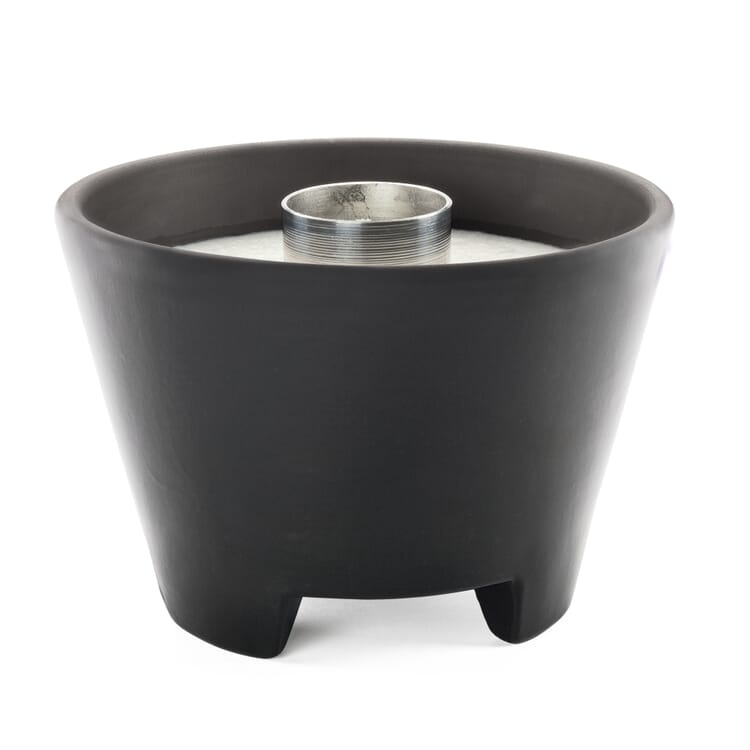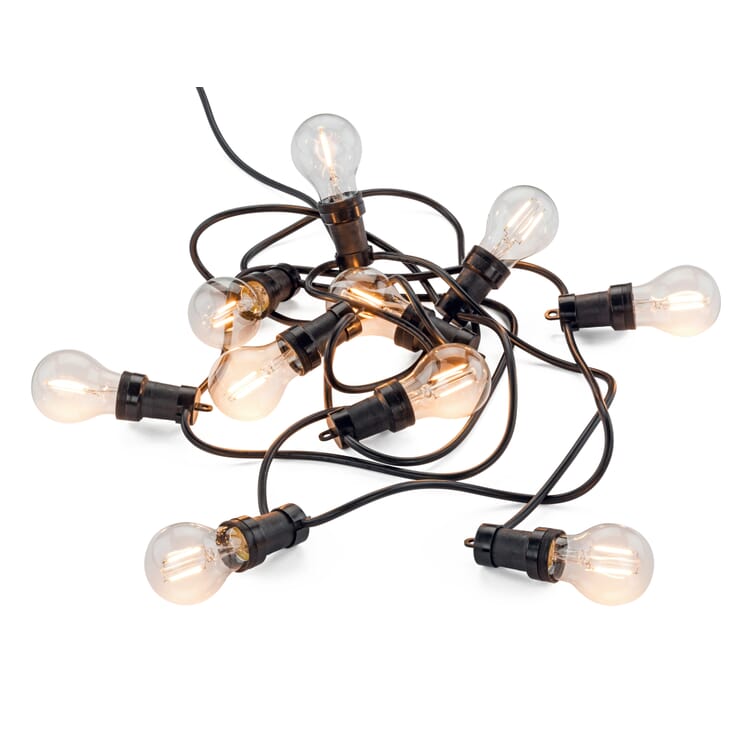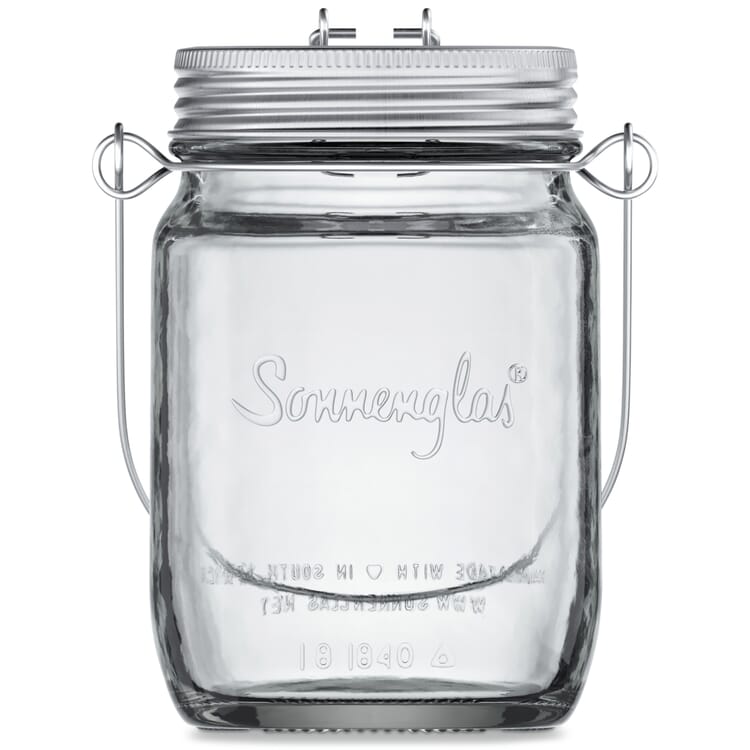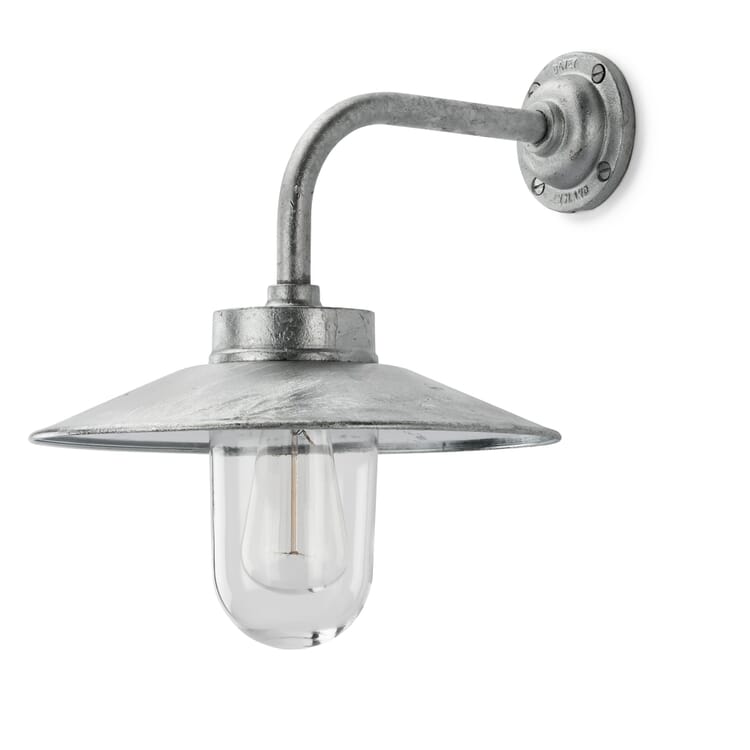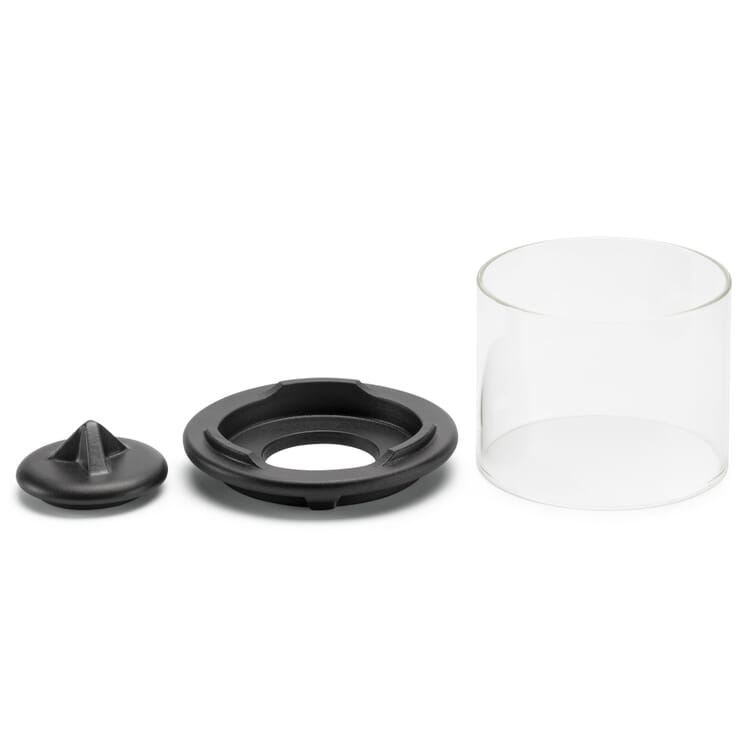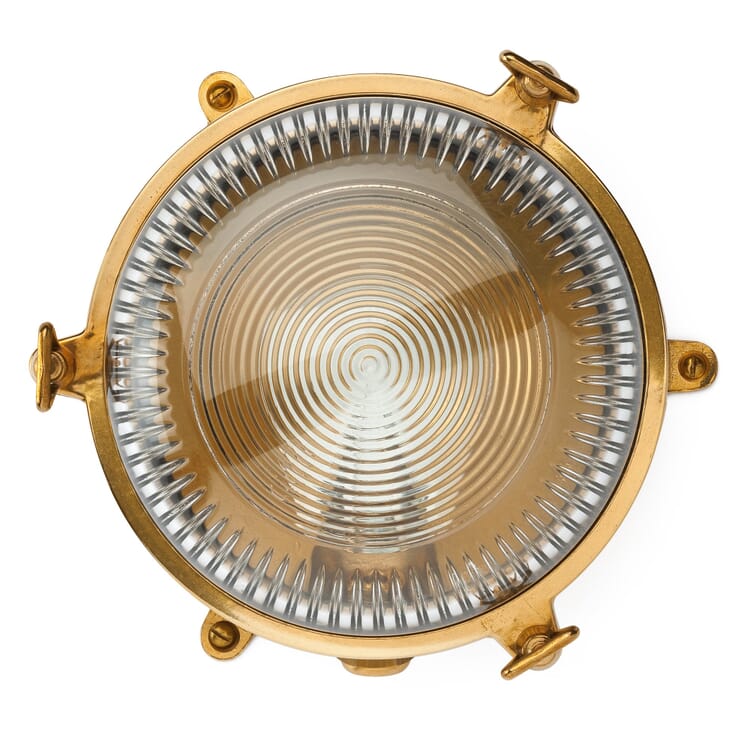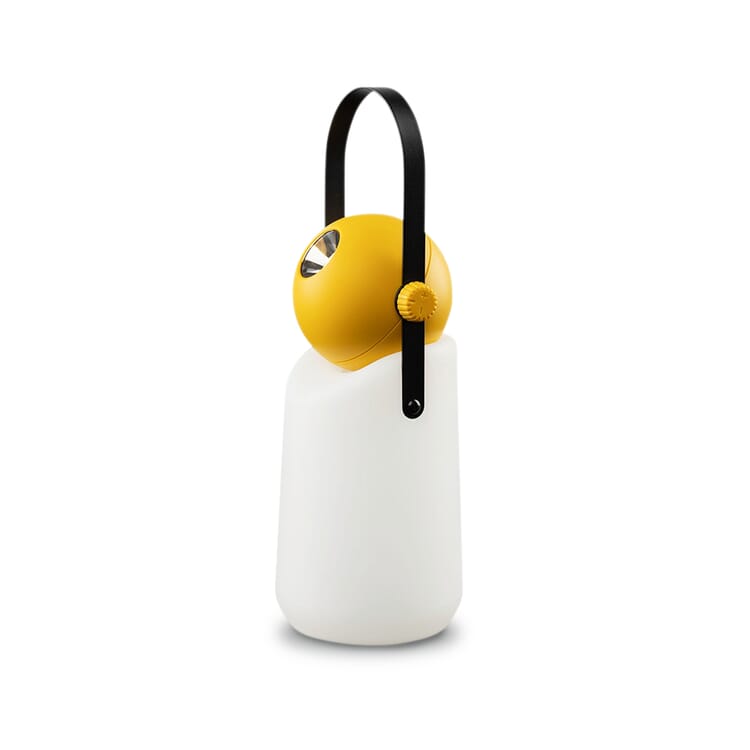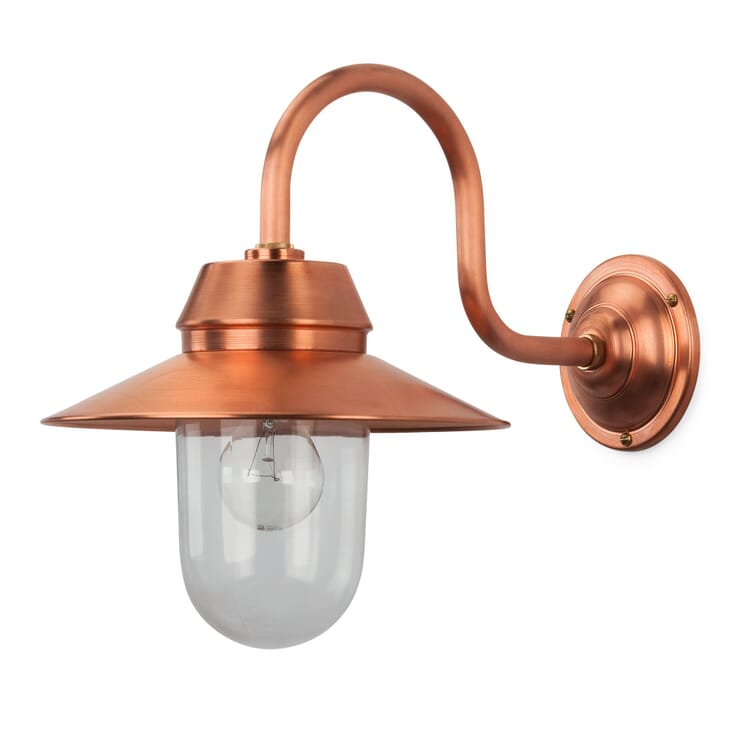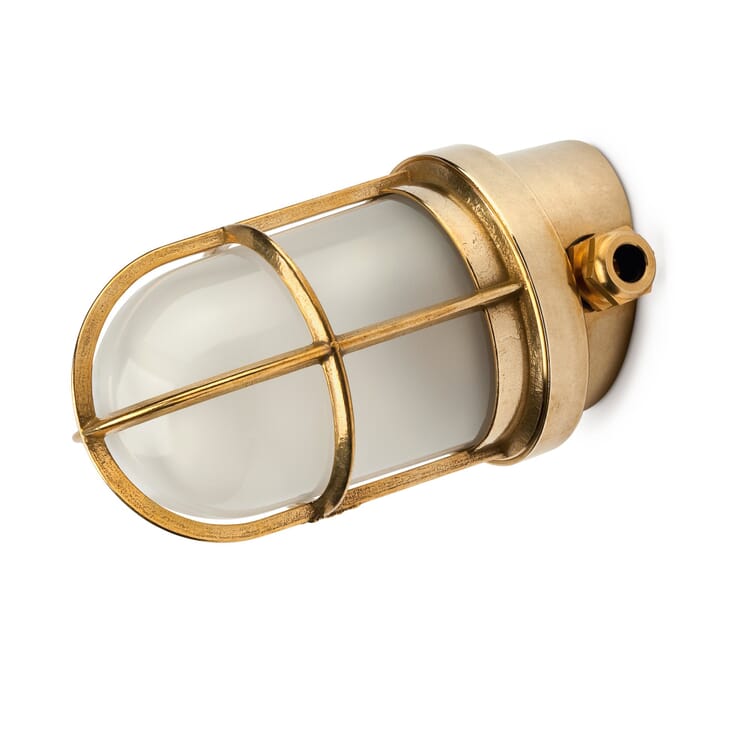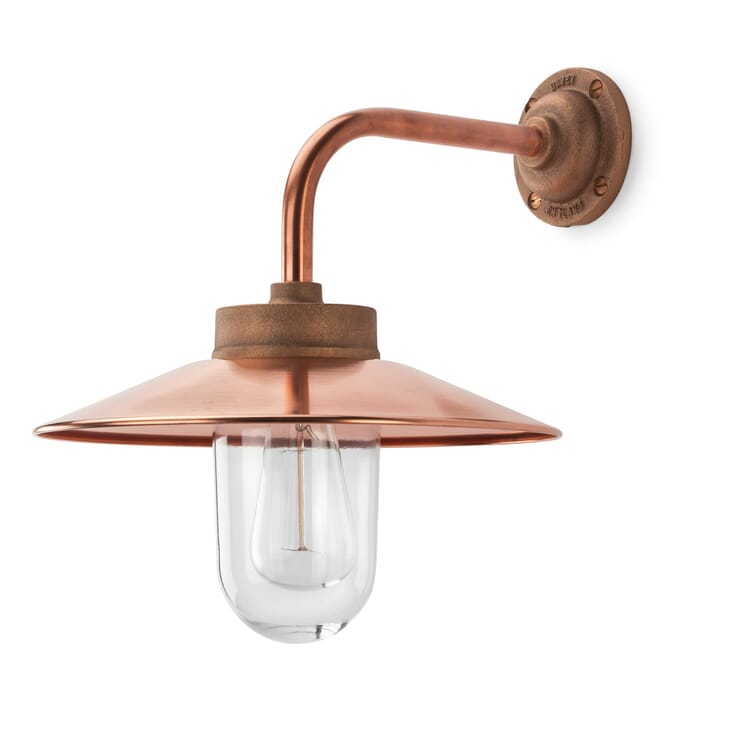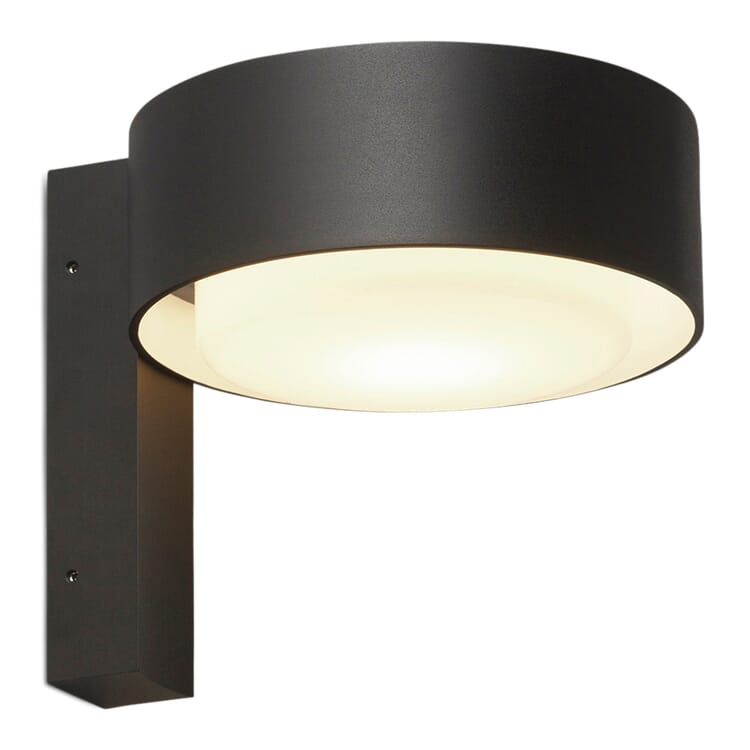Helpful tips
Outdoor luminaires. Aesthetics and strength
"It is better to light a light than to grumble at the darkness," was already clear to Confucius. But in the time of the Chinese philosopher, the selection of suitable light sources was still too limited to be elevated to a mental topic. Some 2500 years later, we have long since conquered darkness with artificial external light. In its glow, only gray cats are gray today. Nevertheless, high-quality outdoor lighting must meet a wide range of requirements. Robustly it should defy the weather, offer orientation and create a good atmosphere. And last but not least, as a representative of the house, it shows the good taste of its inhabitants. The Manufactum range leaves nothing to be desired in this respect. It offers the necessary durability paired with stylish, puristic design.
Good lighting brings safety
Even in the Middle Ages, the community prepared for darkness every evening like a ship's crew for the approaching storm. From nine o'clock in the evening, people battened down the hatches, closed the city gates, and retreated inside the houses. There were no street lamps. The night belonged entirely to the "light-shy rabble. If you still had to go outside, you hired a torchbearer to protect you until the 18th century. Even today, the issue of safety plays a key role in the choice of outdoor lighting. Light at the entrance, access routes and driveway successfully deters burglars - especially if it is additionally coupled to timers or motion detectors. The house inhabitants are thus protected from unpleasant surprises. And visitors can also feel safe. A well-lit entrance area looks inviting and saves potential guests the tedious search for house number and nameplate. And even the most impassable staircase loses its night terrors thanks to good illumination.
Plan outdoor lighting well. Avoid chaos
Whether wall luminaire, ceiling luminaire, path luminaire, bollard luminaire or even mobile lighting unit - when it comes to outdoor lamps, the end and the place sanctify the means. The following questions will help you in planning, because the decision for the right outdoor lighting should not be made spontaneously on instinct
- Which outdoor areas are to be illuminated and what loads are to be expected there? Depending on the location, outdoor luminaires must be able to withstand different levels of moisture, dust and temperature. The IP protection class provides the relevant information here.
- What purpose should the outdoor lighting fulfill? The intention determines brightness and light color. While 400 lumens may be enough to illuminate the facade beautifully, a powerful light at the entrance may have significantly more radiance - without blinding the neighbors, of course.
- Which illuminant do you want to use? Outdoor lights should not be energy guzzlers. Solar cells or LED lamps are particularly energy-saving. Timers and motion detectors can further reduce power consumption. Another plus of LEDs: their light attracts fewer insects.
- Which power supply do you want to use? Are the necessary cables, sockets and switches available? Without electricity, even the best lighting concept unfortunately looks bleak. And who, having mastered the access path in one piece, wants to fall over a poorly laid cable?
Outside shines the magic of the night
"Even the smallest light has its atmosphere," wrote the author Marie von Ebner-Eschenbach in 1880 in her "Aphorisms. What can a well thought-out lighting concept achieve? Interestingly, according to lighting designer Ulrike Brandi, omission is the fine art of lighting design: "If you want to illuminate the garden, you have to leave the darkness its dignity and its magic." A discreetly staged outdoor lighting gives the poetry of the night the necessary space. As a reward beckon well-being and coziness. With the following tips, you too can easily create magical moments of light:
- Make the light you already have the starting point for your planning. Whether the light of the neighbors, the light of the adjacent rooms or simply the moonlight
- the existing light values should not be exceeded.
- Make the room tangible. Go deep. Accentuate the outdoor space with soft points of light. Highlight individual bushes, trees or walls by spotlighting them.
- Prefer to a warm white light color between 2700 - 3200 Kelvin. Higher values quickly create a winter mood even in summer. The necessary information can be found on the packaging of the corresponding illuminant
- Also make sure that the illuminants used have a good color index rendering. This is extremely important, especially in the garden area. Because if the light is too orange, for example, even the greenest garden looks dreary and gray. 90% correspond here to the color rendering in daylight.
- Prefer lower lights, they create a feeling of security. Because the memory of the campfire as a nightly gathering place slumbers in all of us.
By the way: stylish outdoor lights have their raison d'être not only in the summer. Also in the long winter nights they make the world outside the house tangible. The view out of the window no longer ends at the reflective black of the window pane.

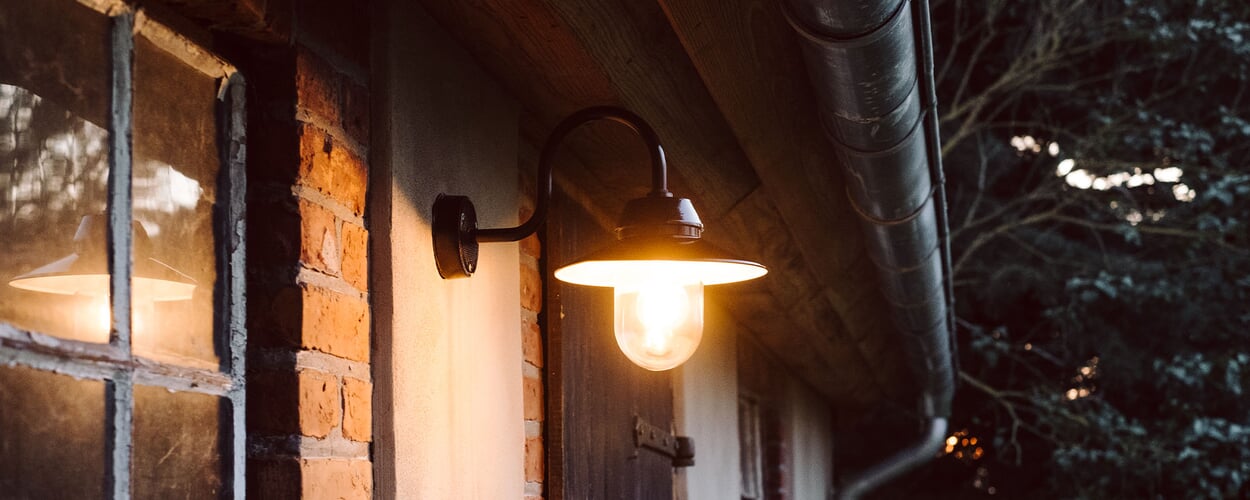


.jpg?profile=kurator_32)
.jpg?profile=kurator_1250)
.jpg?profile=kurator_32)
.jpg?profile=kurator_1250)



